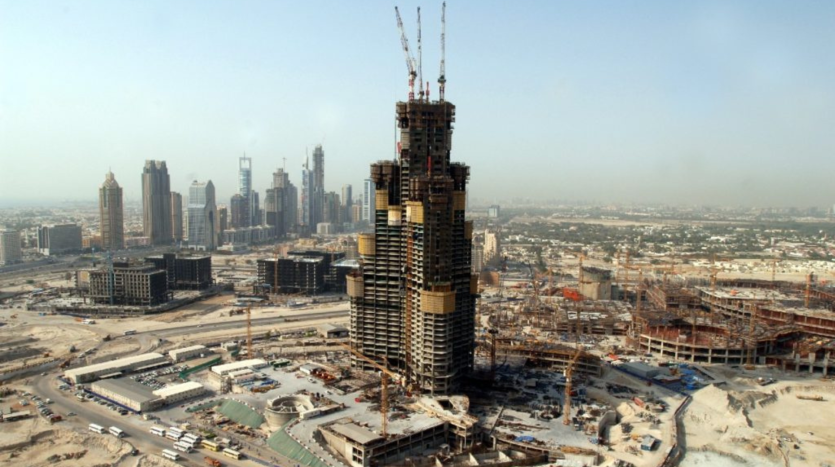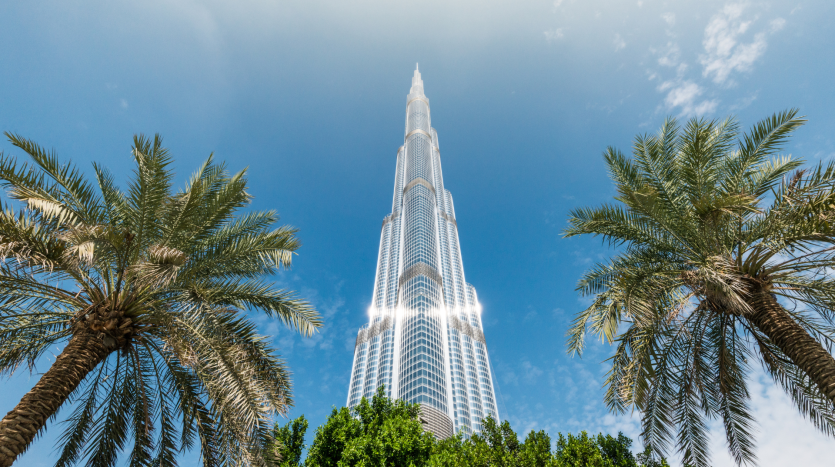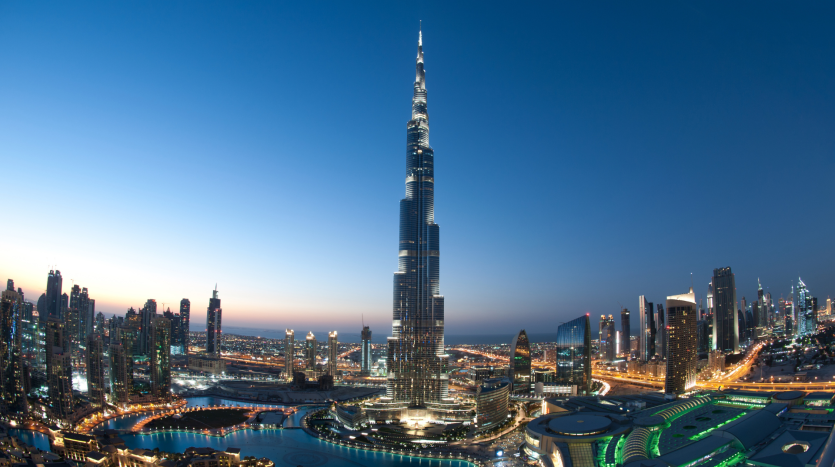The construction of the Burj Khalifa: an architectural and technical feat
The Burj Khalifa, a majestic icon dominating the Dubai skyline, is much more than just a skyscraper. It embodies boldness, vision and human ingenuity. This titanic edifice, standing 828 meters high, is the result of an exceptional collaboration of architects, engineers and construction workers from all over the world. In this article, we explore the construction of the Burj Khalifa in detail, highlighting the innovative techniques that made this architectural feat possible.
Context and design
Before delving into the details of the construction, it's essential to understand the context that gave rise to the Burj Khalifa project. The need for an iconic structure, combined with the Dubai government's futuristic vision, led to the idea of creating a tower that would not only be the world's tallest, but also an architectural masterpiece.
The design of the Burj Khalifa was entrusted to renowned architect Adrian Smith of the American architectural firm Skidmore, Owings & Merrill (SOM). The inspiration for the tower's shape comes from traditional Islamic motifs, while the Y-shaped structure symbolizes stability and balance.
The Burj Khalifa Foundations
The first crucial stage of construction was the creation of a solid foundation to support the colossal mass of the Burj Khalifa. Given the region's unstable ground conditions, engineers opted for an innovative technique known as "emergency shielding". This method involves creating a freeze barrier around the construction site to stabilize the ground. Then, drills were used to descend to solid rock, where concrete piles were installed to form the foundations.
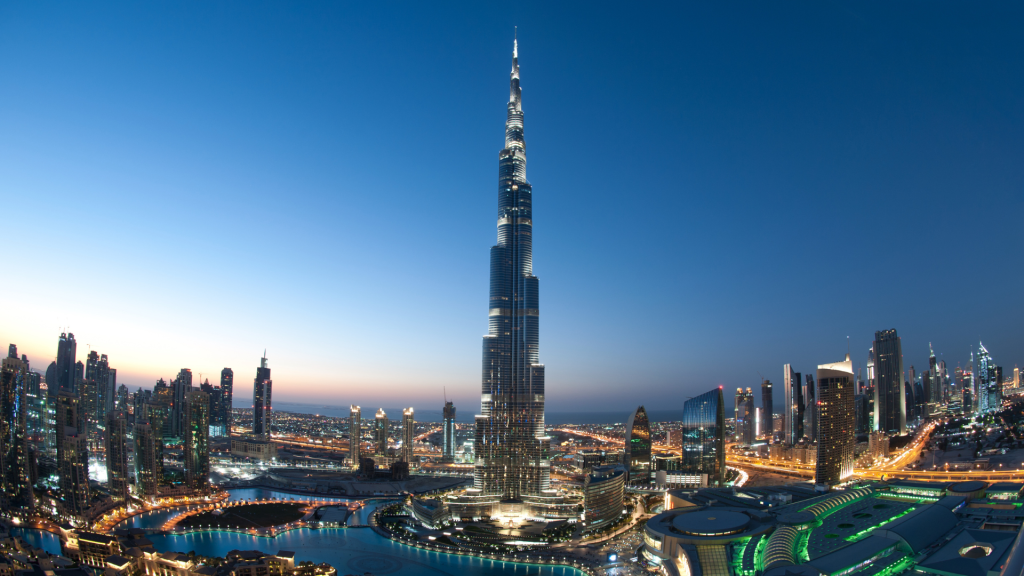
The structure
The structure of the Burj Khalifa is an example of intelligent design and structural resilience. The tower is primarily composed of reinforced concrete and steel. The Y-shaped central section acts as a structural core, offering exceptional resistance to wind and earthquake forces.
A major challenge faced by the engineers was the need to reduce the weight of the structure while maintaining its robustness. To achieve this, innovative lightweight materials such as aluminum and titanium alloys were used in certain parts of the tower.
Elevators and Mechanical Systems
With 163 floors in all, managing the flow of people inside the Burj Khalifa was a key consideration. The building is equipped with state-of-the-art elevators, among the fastest in the world, reaching impressive speeds of over 35 kilometers per hour. These elevators use advanced technologies to ensure that occupants move quickly and safely.
The Burj Khalifa's mechanical systems are also an example of energy efficiency. Cutting-edge technologies such as energy recovery and intelligent lighting management have been integrated to minimize the building's ecological footprint.
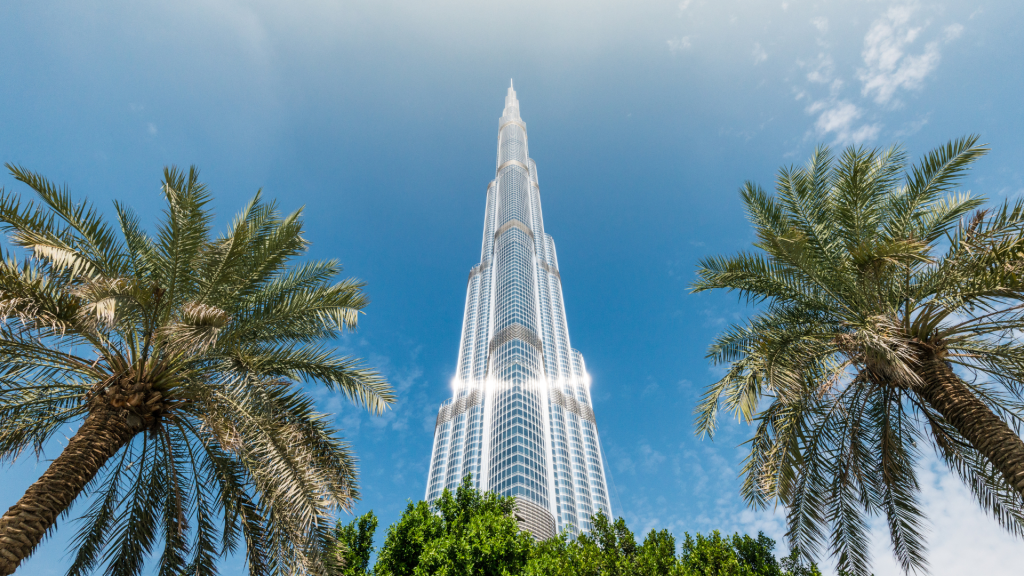
Construction in Practice
Construction of the Burj Khalifa began in 2004 and required the employment of thousands of skilled workers from various parts of the world. The use of giant cranes and sophisticated machinery was inevitable, given the dizzying height of the tower.
The concrete used to build the Burj Khalifa was a special formula, designed to withstand Dubai's extreme climatic conditions. The logistics of transporting concrete to considerable heights was also a major challenge, requiring the use of state-of-the-art concrete pumps.
Technological Challenges
The construction of the Burj Khalifa faced unique technological challenges, including the need to develop vertical construction technologies and new elevator systems to meet the demands of the tower's exceptional height. Advanced algorithms were used to model the tower's structural behavior under different stresses, enabling engineers to make informed decisions throughout the construction process.
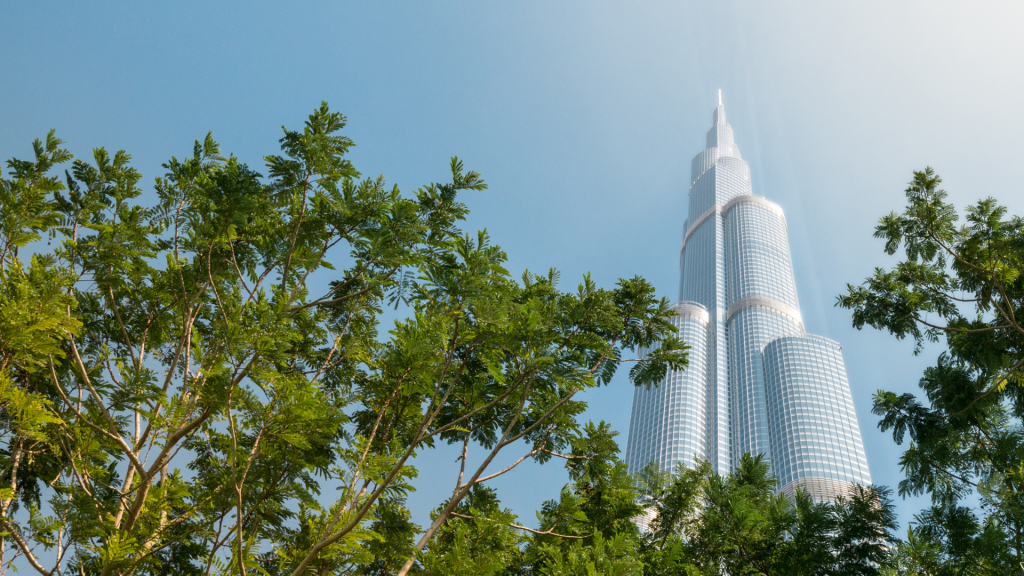
Inauguration and Legacy
The Burj Khalifa was inaugurated on January 4, 2010, marking a milestone in the history of architecture and engineering. Since its opening, it has attracted millions of visitors from all over the world and set new standards in skyscraper design.
The Burj Khalifa's legacy goes beyond its status as the world's tallest building. It has inspired many architects and engineers to push the boundaries of creativity and innovation in their own projects. Its iconic presence in the Dubai skyline is a constant reminder of humanity's ability to achieve extraordinary works through collaboration, technology and vision.
Conclusion
The construction of the Burj Khalifa remains a captivating chapter in the history of modern architecture. It is a testament to the human capacity to design, build and realize structures that defy the limits of the imagination. As ambitious new projects emerge around the world, the Burj Khalifa remains a source of inspiration, reminding us that innovation and determination can turn dreams into reality, even when building to the stars.


